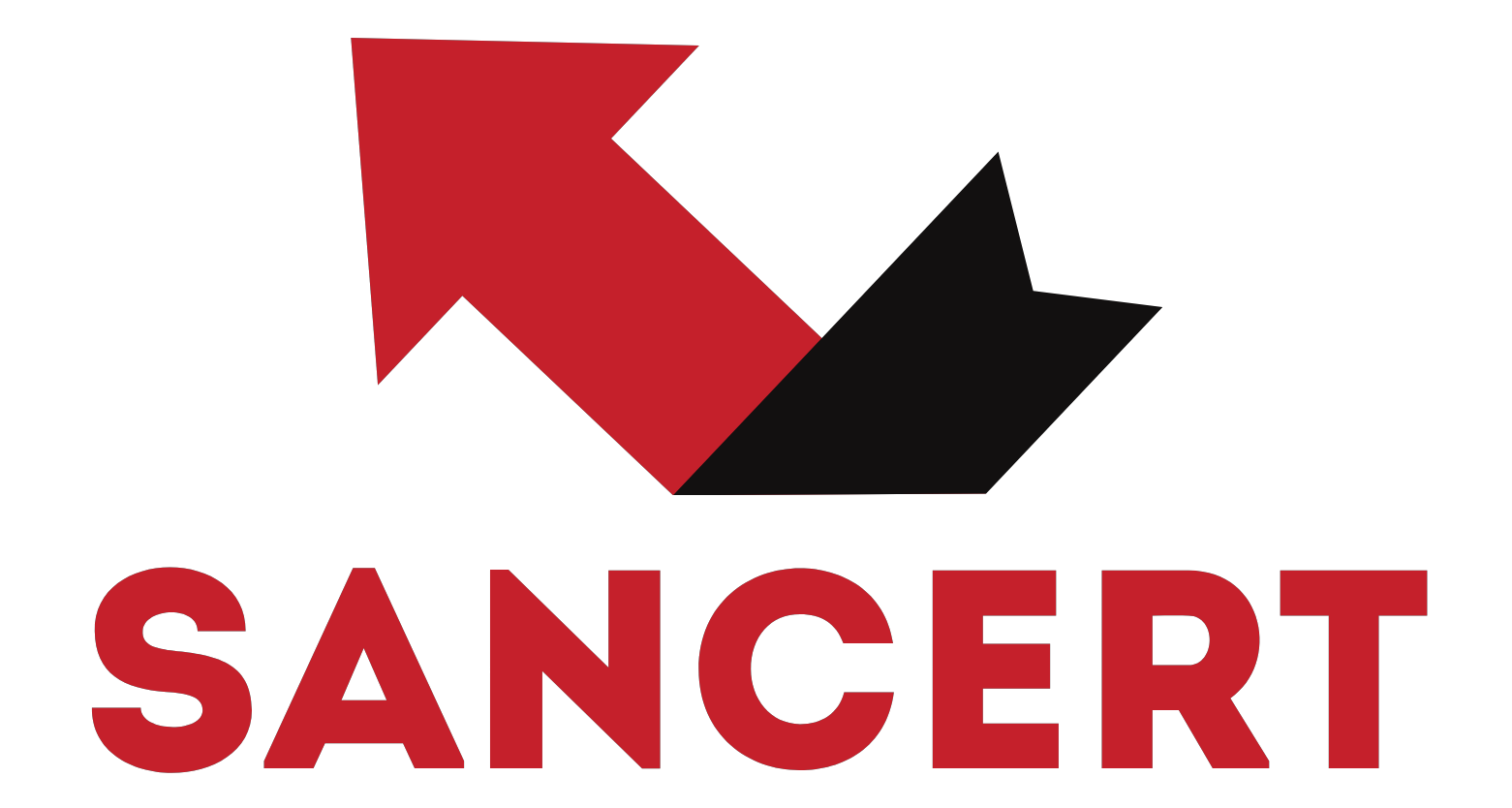As many might know, OHSAS 18001-2007 (Health and Safety Management System) is in the process of being established as an ISO standard.
The ISO 45001 standard as it will be known, will apply the same structure, definitions and core text being used for the present revisions of ISO 14001 ,Environmental management system, and ISO 9001, Quality management system. The set date for release seems to be October 2016 at present.
ISO9001 and ISO14001 are also in the process of upgrade and will be referred to as ISO9001-2015 and ISO14001-2015 respectively. In this regard it is important for any companies who are in their second surveillance phase to consider the required upgrades for all three standards as once these are published you will no longer be able to apply for certification to a previous standard, you have to apply the latest versions. This is a good opportunity to align all three and possibly reduce paperwork by means of addressing generic clauses in single documents.
There is much that can be done to develop your systems into effective management tools meeting all three standards in a well-structured management system. Remember to focus on developing policies and procedures that make sense to you and add value to your operation, don’t get hung up on ISO clauses or writing specific procedures to put in your system that are purely to satisfy an external auditor. Always remember this all important guideline:
SAY WHAT YOU DO, AND THEN ENSURE YOU DO WHAT YOU SAY.
- Define the parameters of the procedure and see if you can document the process on one page. If not, consider developing two or three procedures rather. As an example, if you can write a procedure on stores management which will fit on one page then great, if not rather consider writing a procedure on goods receiving in the stores, packing product in the stores and say pulling stock in the stores. More is less in this case. Procedures that are to the point and have as little irrelevant detail for a staff member performing a specific function seems to work better. In other words the chap doing goods receiving only wants to read about, well, goods receiving! 🙂
- Make the procedure heading BIG. Let it pop out, what is the procedure about? Stick to the logical place of having a header and document description at the top. Ensure the document description starts with the process explanation. In other words, if its a document for say, Storing fixtures, then call it as such. Do not call it Process for storing fixtures. Keep it simple. If someone is going to search a document electronically its always easier with less cluttered words. Try not to use useless defining words.
- Keep it simple. Write a procedure in simple plain language. The key is getting a process owner to understand his procedure quick and easy. Refrain from using eloquent, illustrious, heavy handed words, keep those for the steamy novel you are writing at home.
- Include the actual process owner as much as possible when writing up a procedure. Over the years I have learnt many little tricks on process management that are unwritten. Managers know what final product they want out in the end, operators make it happen. Include staff in the developing process documents, there will be a much better buy in.
- Write a procedure that makes sense to you and your staff. Do not write a procedure according to an ISO clause, it means nothing to most staff and it’s not really possible to write an effective procedure covering all business aspects. For example 7.5.3 Identification and Traceability. Do not write a procedure for 7.5.3 as one. Rather include the requirements for identification and traceability in the actual procedure for that specific area. This way all requirements for a process is in one procedure, there will be less document control issues, and the procedure will be very specific. Procedures that are written around an ISO clause tend to be an overview generally, unless it’s a more specific clause like review meetings. Let the external auditor find the clauses he is looking for and make procedures easy for your staff to read.
- A nice little touch which allows for good flow and quality consideration is; on the bottom of the procedures, define what the next process that follows on is and call it the internal customer. So basically in a warehouse, the ‘Goods receiving’ internal customer and next process is… ‘Binning stock’. It links the processes together simply and allows for the process owner to consider specifically where products and services are going to next.


